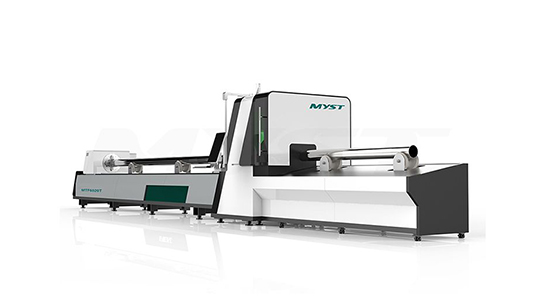+86 132 5674 2787
Máquina de corte por láser de metal, Máquina de corte por láser de fibra, Proveedor de máquinas de corte por láser, Máquina de marcado láser, Máquina de marcado láser de fibra...

+86 132 5674 2787
Máquina de corte por láser de metal, Máquina de corte por láser de fibra, Proveedor de máquinas de corte por láser, Máquina de marcado láser, Máquina de marcado láser de fibra...

Noticias de tecnología
Casa >> Blog >> Noticias de tecnología
With the rapid development and wide application of laser technology, fiber laser cutter machinery has entered our lives from the industrial field. In our application process, more and more different materials are cut. However, when using a fiber laser cutting machine to cut different materials, the cutting method used should also be adjusted appropriately. Let's take a look at the different cutting methods for different metals with the fiber laser cutting machine factory.
One, stainless steel cutting
Nitrogen is generally used for cutting stainless steel metal sheets to prevent oxidation, without burrs, and can be welded directly without post-processing. According to the characteristics of stainless steel materials, it can accelerate the fluidity of the liquid and make the cutting more efficient and faster. However, the effect of cutting with oxygen may be worse than that of nitrogen, causing the end surface to be black and not smooth.

Fiber Laser Cutter Machinery
2. Carbon steel cutting
Because carbon steel contains carbon, it does not reflect light strongly and absorbs the beam very well. Carbon steel is the most suitable for laser cutting machine processing among all metal materials, and the effect is the best. Therefore, a carbon steel laser cutting machine is used in carbon steel processing. Has an unshakable position. The application of carbon steel is becoming more and more extensive. Modern fiber laser cutting machines can cut carbon steel plates with a maximum thickness of up to 20MM. The cutting seam of carbon steel can be controlled within a satisfactory width range by using the oxidation melting cutting mechanism. Narrow to about 0.1MM.
3. Aluminum and alloy cutting
Aluminum cutting is a melting laser cutting mechanism, and the auxiliary gas used is mainly used to blow away the molten product from the cutting area, and usually, a better cut surface quality can be obtained. For some aluminum alloys, attention should be paid to prevent the occurrence of micro-cracks between the surface of the slit.
Fourth, copper and brass cutting
Like aluminum, copper and brass are highly reflective materials and need to be cut with a laser cutting machine with an "anti-reflection device". Brass with thickness below 1mm can be cut with nitrogen; copper with thickness below 2mm can be cut.
Análisis de los factores que afectan la calidad del corte por láser y cómo controlarlo
En comparación con el método de corte tradicional, el corte por láser tiene ...
Campos de aplicación de la máquina de corte por láser de fibra
Las máquinas de corte por láser de fibra se están volviendo populares gradua...
Cómo mantener una máquina de corte por láser de fibra
Los dueños de los talleres de fabricación de metales tienen muchas cosas a ma...
+86 132 5674 2787
Dirección: Habitación 2309, Edificio 3, Bloque Lvdi Ruili, Distrito de Shizhong, Ciudad de Jinan, Provincia de Shandong, China.

